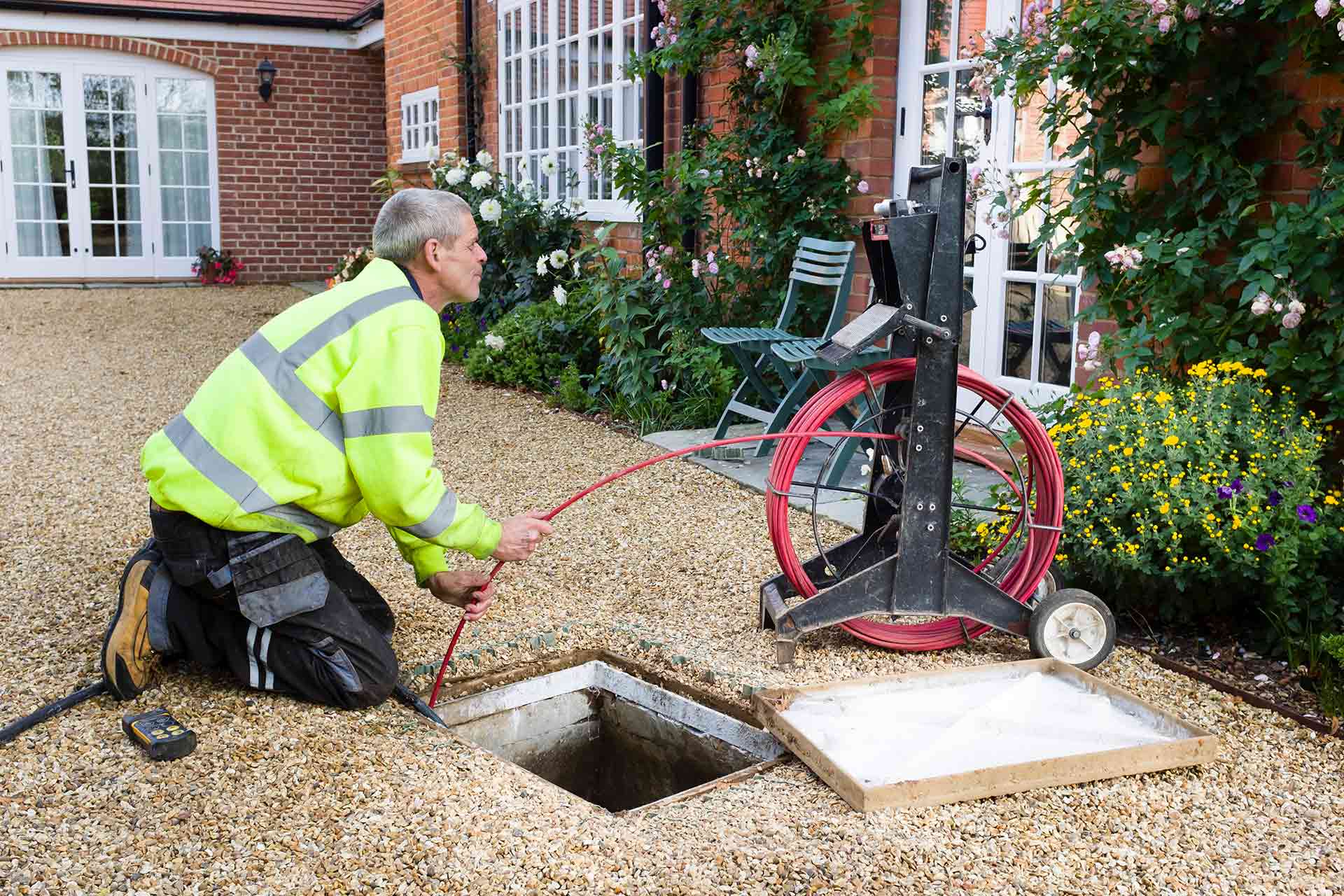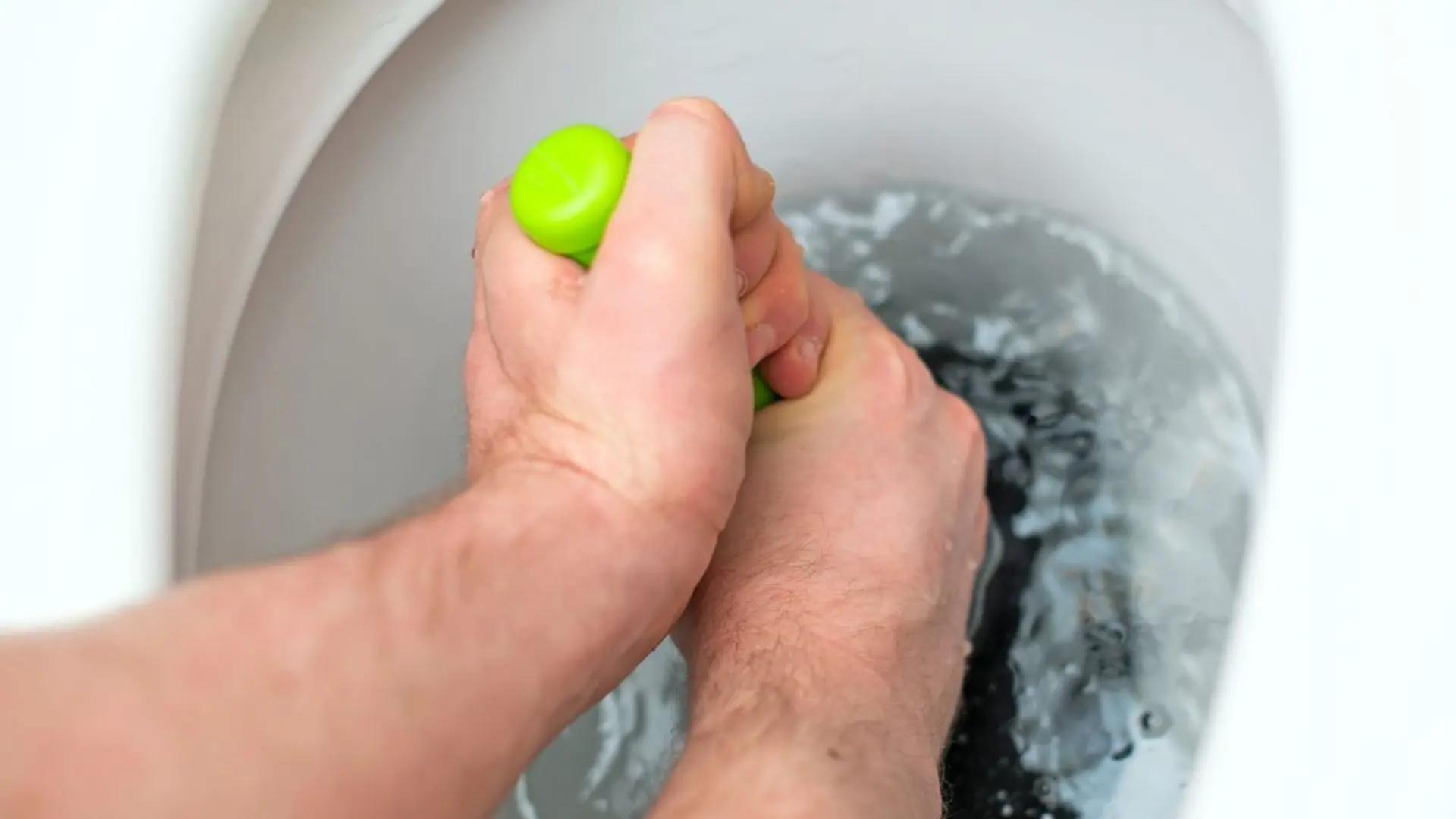How to Handle a Blocked Drain On Your Own Prior to Hiring Professional Help
How to Handle a Blocked Drain On Your Own Prior to Hiring Professional Help
Blog Article
What're your ideas with regards to Some easy tips to fix blocked drains?

Intro
Managing a blocked drainpipe can be an irritating experience, disrupting everyday activities and potentially creating damages to your property. Nevertheless, prior to connecting to pipes professionals, there are steps you can take to deal with the problem on your own. In this guide, we'll check out DIY services and preventive measures to tackle a blocked drainpipe properly.
Identifying the Issue
The first step in addressing an obstructed drain is recognizing the indicators. Sluggish drainage, gurgling audios, foul odors rising from drains, or water backing up prevail indicators of an obstructed drainpipe. Recognizing these indications early can assist avoid even more issues.
Typical Causes of Obstructed Drainpipes
Comprehending the aspects that add to drain pipes obstructions is essential for effective resolution. Common perpetrators consist of hair, soap residue, oil, food debris, and foreign items like hygienic products or paper towels. Tree roots getting into underground pipes can likewise trigger significant blockages.
Do it yourself Solutions
For small obstructions, a number of DIY solutions can be effective. Putting boiling water down the drain can help dissolve grease and particles. Baking soda and vinegar or a mixture of salt and cooking soda can work as natural cleaners. Making use of a bettor or plumbing snake to displace obstructions is another alternative.
Tools and Equipment
Having the right devices available can make do it yourself drain cleaning up a lot more efficient. A plunger is a versatile tool for getting rid of blockages in sinks, toilets, and showers. A plumbing serpent or auger can reach much deeper clogs, while drainpipe cleaning chemicals can be made use of carefully for persistent clogs.
Preventive Measures
To prevent future clogs, adopting preventive measures is crucial. Set up drainpipe guards or filters to capture hair and debris prior to they get in the pipelines. Routinely flush drains with warm water to dissolve oil accumulation, and stay clear of throwing away oil or strong waste down the tubes.
When to Call an Expert
While do it yourself options can fix minor blockages, certain indicators indicate the need for specialist help. Persistent clogs, foul odors regardless of cleaning up efforts, or several drains pipes supporting all at once are red flags that require skilled treatment.
Picking the Right Pipes Solution
When picking a pipes solution, take into consideration factors such as experience, licensing, and consumer testimonials. Pick a trusted plumbing technician with a performance history of high quality workmanship and clear rates methods.
Cost Considerations
The price of specialist drain cleaning services can differ depending upon the severity of the clog and the plumbing technician's prices. Request quotes from numerous providers and inquire about any surcharges to make sure openness and avoid shocks.
Safety and security Measures
When trying do it yourself drainpipe cleaning, prioritize safety and security. Put on safety gloves and eyeglasses to stay clear of contact with unsafe chemicals or bacteria. Never blend different drain cleaning items, as this can generate harmful fumes.
Situation Studies
Real-life examples illustrate the performance of DIY solutions and the relevance of timely specialist intervention in settling drain clogs.
Conclusion
By complying with the ideas described in this guide, you can effectively take on blocked drains and protect against future plumbing problems. Whether opting for DIY services or seeking specialist aid, prompt activity is vital to maintaining a healthy plumbing system and protecting the honesty of your home.
WHAT I LEARNED FROM TRYING TO DEAL WITH A CLOGGED DRAIN
We have had our share of seepages and other annoying things that are part of living, especially in an apartment complex. And if there’s one thing that’s terrifying for a homeowner—or even someone in a rented home—it is a clogged drain, indoors or outdoors.
We enjoy our living space, but it’s simply a fact of life that dead skin, soap and a host of other items go down the drain; eventually, the residue builds up and prevents anything from moving. Ugh.
Not Calling A Professional
Of course, it might seem simple to just whip the pipe off under the sink and see if you can unblock it. Unfortunately, what if the blockage isn’t there, or you don’t reconnect it properly? Worse, you might break a piece and have no drainage system. Can you imagine that scene? Yuck!
Not Watching Your Waste
This will sound d’uh, but the best tip I can give you for drain cleaning is to avoid clogging the drain in the first place! You can do this by monitoring what goes down the drain and catching the items which are most likely to give you a problem. Invariably hair, vegetable peels, and large wads of toilet paper are the most obvious culprits. Add a filter—these are available in hardware stores and can be removed and cleaned easily.
Poking The Drain
The first urge with a clogged drain is to poke at it with a stick or anything that resembles a stick. Sadly, this does not result in magically solving the issue. The mental image is, naturally, one of the stick just pushing through the offending item and all is well again. Reality is quite different and unpleasant and likely to lead to further problems.
The thing is, every drain has a series of bends that are not visible to us. Drains are built this way to prevent gases from entering the house. What happens when you poke a stick into the drain? Of course, it can’t bend around the corner. The more adventurous people will use force and end up wedging the stick or causing it to break off in the pipe—creating an even bigger issue. Worst thing? The stick will shift the block further down the pipe, creating the space for more to collect. Go ahead! Roll your eyes!
Using The Wrong Plunger
You know what they say: the right tool for the right job! Did you know there are different types of plungers besides the basic one we keep at home for an emergency? Yes, there are. For example, the toilet plunger has a bell-shaped bottom while the sink plunger is flat. This is an important difference and using the wrong plunger will be useless. There’s also a knack in using plungers—they must be placed in such a way that they create an airtight seal and then, moved slowly up and down—not as fast as we imagine.
https://vidyasury.com/2018/01/learned-trying-deal-clogged-drain.html

We hope you enjoyed our piece about What I learned from trying to deal with a clogged drain. Thanks a lot for taking time to browse our content. Those who liked our blog posting if you please make sure you remember to share it. I thank you for reading our article about Tips for Dealing with Clogged Drains and Sewer Lines.
Click Here Report this page